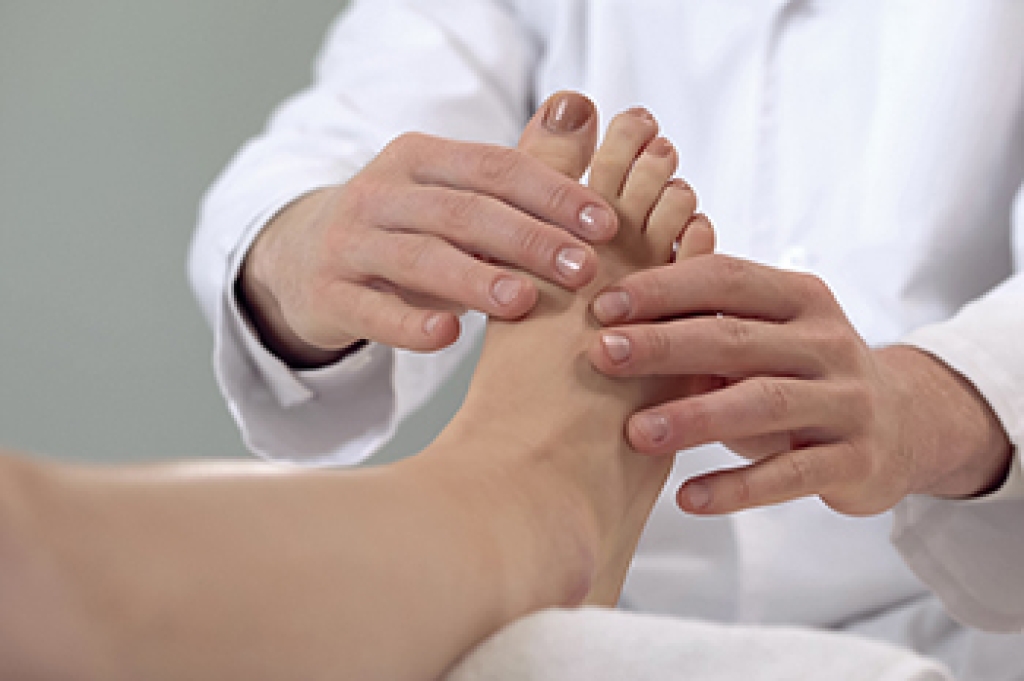
Cuboid syndrome is a condition that affects the feet. This ailment may also be referred to as dropped cuboid, locked cuboid, and subluxed cuboid. The cuboid bone is one of seven tarsal bones that are located on the outside of the foot. Repeated stress on the outside of the foot may result in cuboid syndrome and this could be due to the torn tendons surrounding these bones. It is quite a common injury among ballet dancers because of the style of dance that is practiced. It can also occur from an ankle injury or certain medical conditions including flat feet and overpronation. As mentioned, the pain accompanied by cuboid syndrome is felt on the outside of the foot and it may even spread to the ankle and toes. The patient may limp, and the overall foot may feel weak. Additionally, the pain may be at its worse upon arising in the morning and subside as the day progresses. If you have pain in this part of your foot, it is strongly suggested that you consult with a chiropodist who can effectively treat cuboid syndrome.
Cuboid syndrome, also known as cuboid subluxation, occurs when the joint and ligaments surrounding the cuboid bone in the foot become injured. If you think that you may have cuboid syndrome, please consult with one of our chiropodists from West Toronto Foot & Ankle Clinic Inc. . Our chiropodist will assess your condition and provide you with quality foot and ankle treatment.
Causes
The cuboid bone is one of the seven tarsal bones located in the foot. Cuboid syndrome develops when the cuboid bone moves down and out of alignment with the other bone (calcaneus bone) in the joint of the foot. Cuboid syndrome can be the result of a sudden injury like an ankle sprain, or it may develop slowly over time from repetitive tension through the bone and surrounding structures.
Symptoms
The most common symptom of cuboid syndrome is pain on the outside of the foot which may worsen with activity.
Other possible symptoms include:
- Difficulty bearing weight on the affected foot
- Swelling
- Sensitivity on the bottom of the foot
- Reduced range of motion
Diagnosis
A chiropodist can diagnose cuboid syndrome based on your medical history and a physical examination of the foot. Imaging studies, such as X-rays or MRIs, often fail to show the dislocated cuboid.
Treatment
Treatment often includes resting, icing, compressing and elevating the affected foot, taping, wearing orthotic inserts, and taking anti-inflammatory medications to reduce pain. The chiropodist may also be able to manipulate the dislocated bone back into alignment.
If you have any questions please feel free to contact our office located in Toronto, ON .
